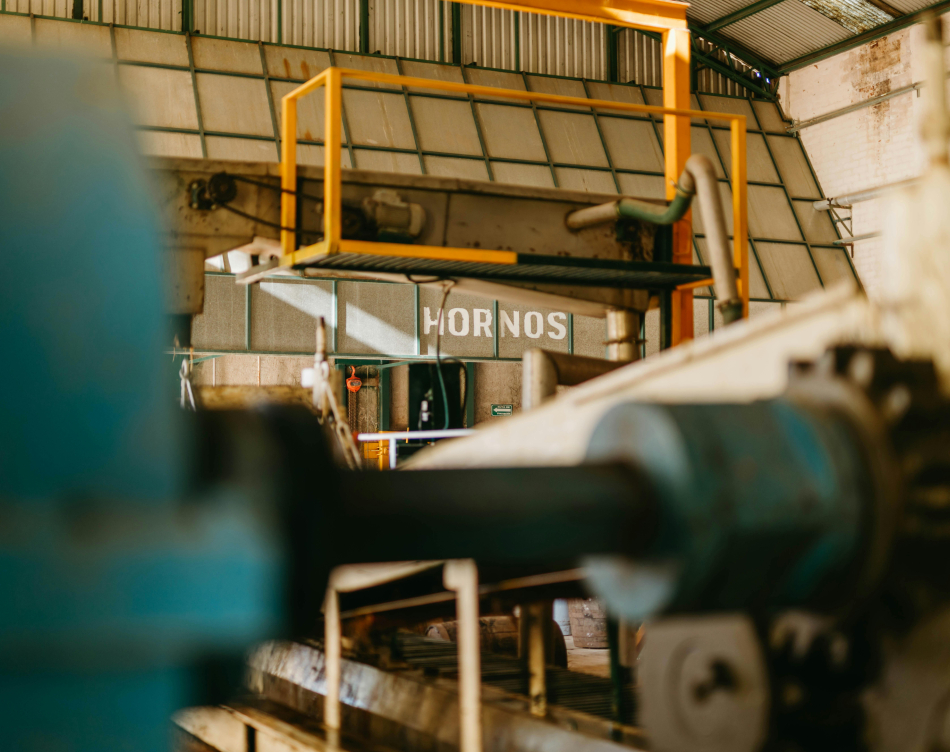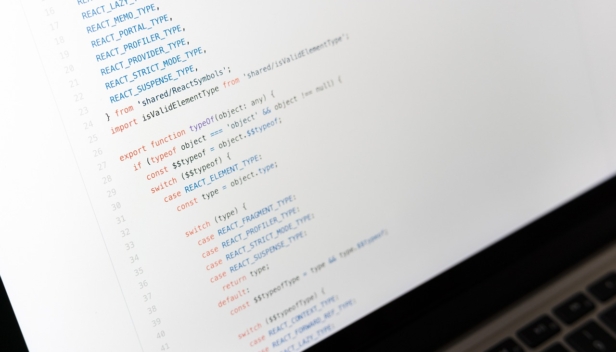Increase productivity and improve processes using lean manufacturing
Mechanical Engineering

The thesis examines the possibility of increasing productivity in the production plant with the help of selected methods of lean production. The thesis describes production, divided into individual, mass, and process. Also, a comparison between them is shown.
The history and development of lean manufacturing are discussed in depth, with an emphasis on seven types of losses (inventory, waiting/delays, rejects, overproduction, unnecessary movements, transportation, excessive processing) and the five basic principles of lean manufacturing (customer value, value stream, fluidity, drag, striving for excellence). Selected lean production methods such as JIT, KANBAN, SMED, and KAIZEN are presented.
The following part describes the current state of production, the company itself, its organizational structure, and its hardware. An analysis of all existing production problems and losses was carried out, which were divided into Muda, Muri, and Mura within the framework of lean production. For successful planning and implementation of improvements, key indicators of the state of production are measured, such as productivity, capacity, efficiency, efficiency of the process cycle, production cycle, and flow.
Then the induction of all four selected lean production methods into the production plant is presented. This part presents in detail the process of determining the state of production before the introduction of improvements and the state after their introduction. The simulation process of the 1st, 2nd, and 3rd rounds is shown, with which we determine what makes the most sense to change in production for it to operate well.
Different methods are presented (5S, value stream planning, standardized work, 6 sigmas) with which we achieve more orderly production, better flow of material and information, less waste and, as a result, higher product quality. The various activities that workers, machines, and products must perform to achieve the desired results are presented. The introduction of the SMED concept and the savings we achieved with it are shown.
Towards the end of this work, the quality that is already built into the products and how digitization affects the results of the process is presented. At the end, a comparison of measurements before and after the induction of selected lean production methods is performed. All key indicators of the state of production, including productivity, were found to have improved.
Research of the proposed hypotheses and claims showed that they are all meaningfully defined and confirmed.





